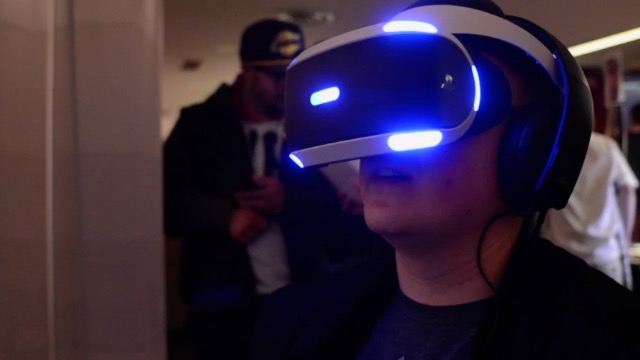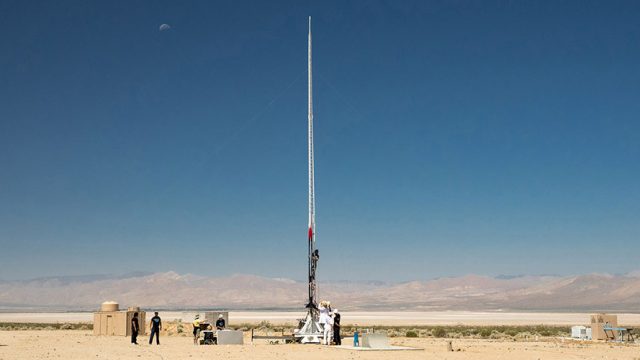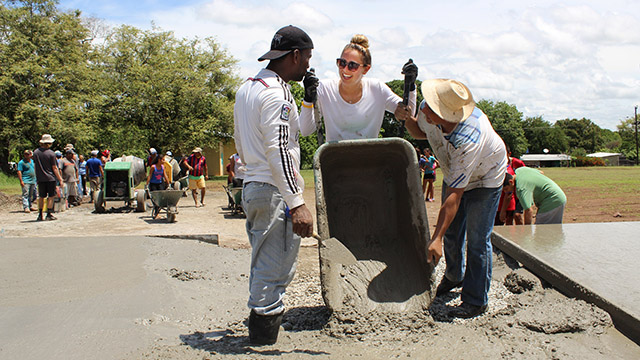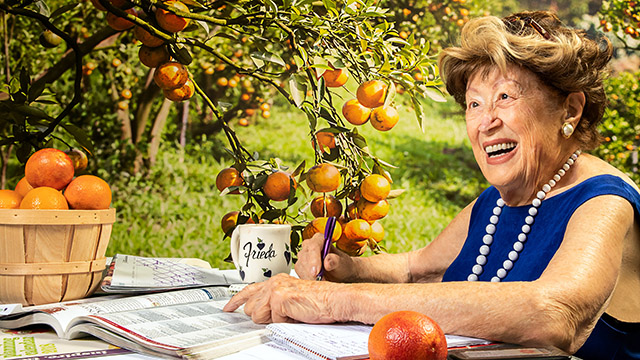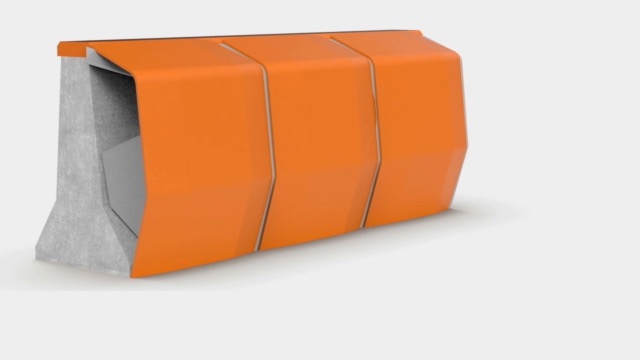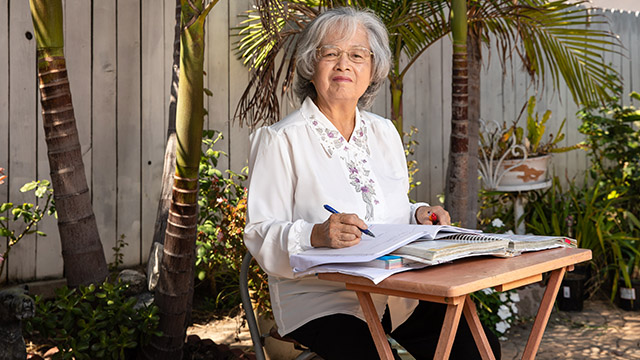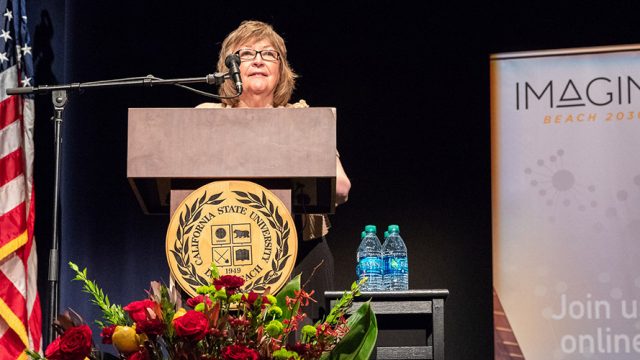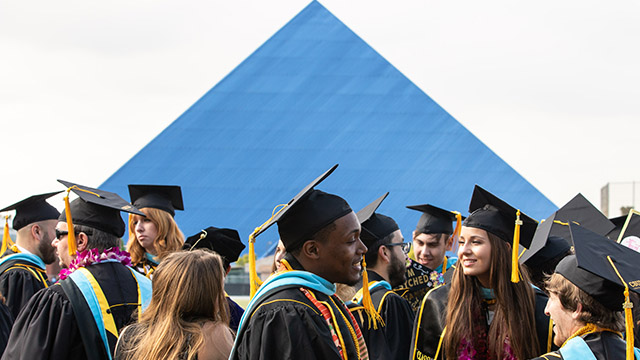Kelp Watch
When the March 11, 2011 earthquake and tsunami that devastated Japan sent radioactivity into the air from the damaged Fukushima Daiichi nuclear power plant, scientists were concerned how quickly and broadly that contamination would travel.
It didn’t take long for rainstorms to bring contaminants including iodine-131 over the Pacific and drop them along North American west coast waters, as Cal State Long Beach marine biology Professors Steven L. Manley and Christopher G. Lowe discovered. In a May 2012 research article, they noted that ocean kelps are one of the strongest natural accumulators of iodine, so they examined kelp samples and determined that iodine-131 was indeed present in California kelp more than a month after the tsunami.
Although the initial radiation amounts were very low, the study drew a lot of public concern, so Manley, an expert in marine kelp and algae, and Kai Vetter, head of applied nuclear physics at the Lawrence Berkeley National Laboratory, are leading a new research project, Kelp Watch 2014.
“I thought it would be good if someone actually measured the contamination and then could report it to the public,” Manley said.
In March, more than 40 individual academic and organizational collaborators from Alaska to Baja California took the first of three planned collections of kelp samples, with additional samples to be taken in July and October, that will give the scientists an opportunity to gauge changes during the year.
Kelp and seaweed are like sponges, Manley explained, absorbing and concentrating materials they collect from ocean water. “As it happens, these anticipated radioisotopes we’re looking for are concentrated about 20-fold in kelp tissue, which is nice because if you are just measuring water, the contamination levels could be too low to detect,” he said.
“Another reason kelps are good to use for a project such as this,is that they are the basis of a very productive and complex ecosystem,” he continued. “Finally, there is the fact that the kelp is easy to grab, easy to process and easy to analyze for this kind of research.”
Manley’s CSULB lab, along with San Diego State and Moss Landing Marine Laboratory near Monterey, turn the samples into powder that the Lawrence Berkeley Lab analyzed for radioisotopes.
The results were released in May, and “Our data does not show the presence of ocean transported Fukushima radioisotopes in West Coast Giant Kelp or Bull Kelp,” Manley said. “These results should reassure the public that our coastline is safe, and that we are monitoring it for these materials. At the same time, these results provide us with a baseline from which we can compare samples gathered later in the year.”
For a virtual experience, download the Beach Magazine app.
Photo By Jonathan Kriz



